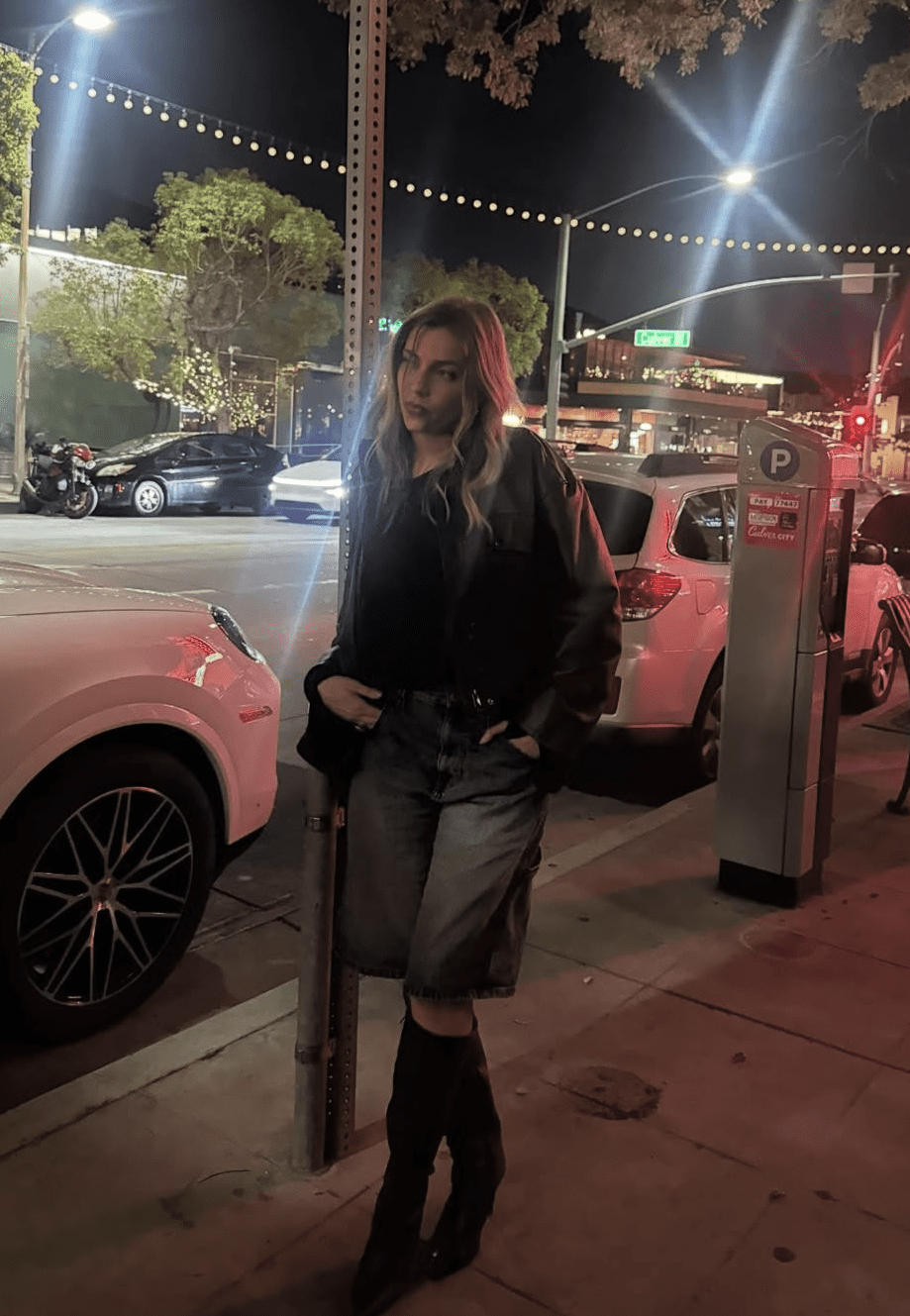
Los Angeles has a lot going for it — endless sunshine, palm trees that double as Instagram props, and beaches that look like they were designed for daydreaming. But here’s a not-so-glam fact: for a long time, Santa Monica Bay was basically a dumping ground. Pollution, sewage, and toxic runoff made the water more of a health hazard than a hangout. That’s where Heal the Bay came in.
This week, the iconic LA nonprofit celebrated its 40th anniversary, and it’s worth pausing to see just how much they’ve done for the city, the coast, and every single person who’s ever set foot in the sand. From their grassroots start to their wildfire response, from cleanups to policy battles, Heal the Bay has become a force that’s reshaped Los Angeles’ relationship with water.
A Movement Born in Santa Monica
The story starts in 1985, when Dorothy Green and a small band of Angelenos had had enough. At the time, the Hyperion Sewage Treatment Plant was dumping semi-treated wastewater into Santa Monica Bay, leaving surfers, swimmers, and families exposed to everything from bacteria to toxic chemicals. Dorothy and her crew decided this wasn’t just gross — it was unacceptable. They organized, rallied the community, and forced the plant to clean up its act. That victory became the foundation of Heal the Bay, and it proved a simple truth: everyday people, armed with science and stubborn hope, could take on pollution and win.
What Heal the Bay Does Today
Fast-forward to now, and Heal the Bay is still laser-focused on its mission: to make Southern California’s coastal waters and watersheds safe, healthy, and clean. They do this through science, education, community action, and advocacy. If you’ve ever checked whether your favorite beach is safe for swimming, chances are you’ve looked at their Beach Report Card. This program grades more than 700 beaches across California, Oregon, and Washington, giving weekly A-to-F scores based on bacteria levels. And here’s some good news: in 2024-2025, 62 beaches landed on the “Honor Roll” with perfect A+ grades year-round. That’s up from just 12 the year before, and only 2 the year before that — the biggest Honor Roll in over a decade.
It’s not just beaches, either. Heal the Bay also publishes a River Report Card, monitoring freshwater sites in Los Angeles County. More than two-thirds of the 35 recreation spots they tested in 2024-2025 were graded safe for recreation. That’s huge, considering how often rivers and creeks get overlooked in water conversations.
Beyond testing, they run the Heal the Bay Aquarium under the Santa Monica Pier, educating tens of thousands of kids and families every year about marine life and pollution. They organize massive cleanups, including LA’s annual Coastal Cleanup Day, which pulls thousands of pounds of trash from beaches in just a few hours. And they’re heavy hitters in the policy arena — pushing for bans on single-use plastics, fighting for stormwater capture projects like Measure W, and holding governments accountable when pollution spikes.
When Wildfires Meet the Ocean
One of the most eye-opening parts of Heal the Bay’s work is how they respond to crises. After the devastating LA wildfires earlier this year, the team launched a campaign called Ash to Action. Because here’s the thing: wildfires don’t just destroy homes and habitats on land. When rain falls on a burned landscape, ash, heavy metals, and toxic chemicals wash into storm drains, rivers, and eventually the ocean.
Heal the Bay’s scientists tested 116 pollutants, from arsenic and lead to copper and zinc, and found elevated levels in both the sand and ocean water near burn sites. They worked with researchers from USC and the Southern California Coastal Water Research Project to understand the risks not only for marine life but also for humans — especially people who fish or swim near these areas. They issued beach advisories, explained the science in plain language to the public, and pushed agencies to monitor more closely. While most water quality advisories have since been lifted, Heal the Bay warns that the long-term impacts of fire pollution are still unfolding.
Wins, Collabs, and Community Power
What makes Heal the Bay unique is that they don’t just do the science in a lab — they bring the community along for the ride. Their beach cleanups are basically LA rituals at this point, with thousands of volunteers hitting the sand armed with buckets and gloves. They partner with groups like Surfrider LA to amplify impact, and they’ve been behind some of the biggest environmental wins in California, from the plastic bag ban to pushing stormwater reform.
And the numbers tell the story. Nearly 90 percent of beaches were graded safe for recreation last year. More than two-thirds of freshwater sites tested safe. And in just four decades, the difference in Santa Monica Bay itself is night and day. What used to be a polluted embarrassment is now one of the cleanest urban bays in the country.
Celebrating 40 Years
Last night, Heal the Bay threw its annual Bring Back the Beach Gala, which doubled as their 40th birthday bash. Held at the Jonathan Club in Santa Monica, the event brought together scientists, community leaders, volunteers, and ocean lovers for a night of cocktails, auctions, and reflection. But the real point wasn’t just to party — it was to raise money and momentum for the next chapter. Because the threats aren’t slowing down: climate change, more intense fires, plastic pollution, inequitable access to clean water. If anything, the challenges are bigger than ever.
How You Can Help Heal the Bay
The best part about Heal the Bay is that you don’t need a PhD in marine biology to get involved. You can sign up for a volunteer cleanup, donate to support their wildfire response and water monitoring, or visit the aquarium with your family and friends. Even something as simple as checking the Beach Report Card before you swim helps spread awareness.
Because here’s the thing: clean water isn’t just about the environment. It’s about public health, recreation, and justice. It’s about making sure every kid in LA can play at the beach without worrying about getting sick, and every community has access to safe, healthy waterways.
Follow me on my socials:
- Instagram: @lexysilverstein
- Youtube: Lexy Silverstein
- Twitter: @eLEXYfy
- TikTok: @lexysilverstein
- Facebook: Lexy Silverstein
- Liketoknow.it/lexysilverstein




